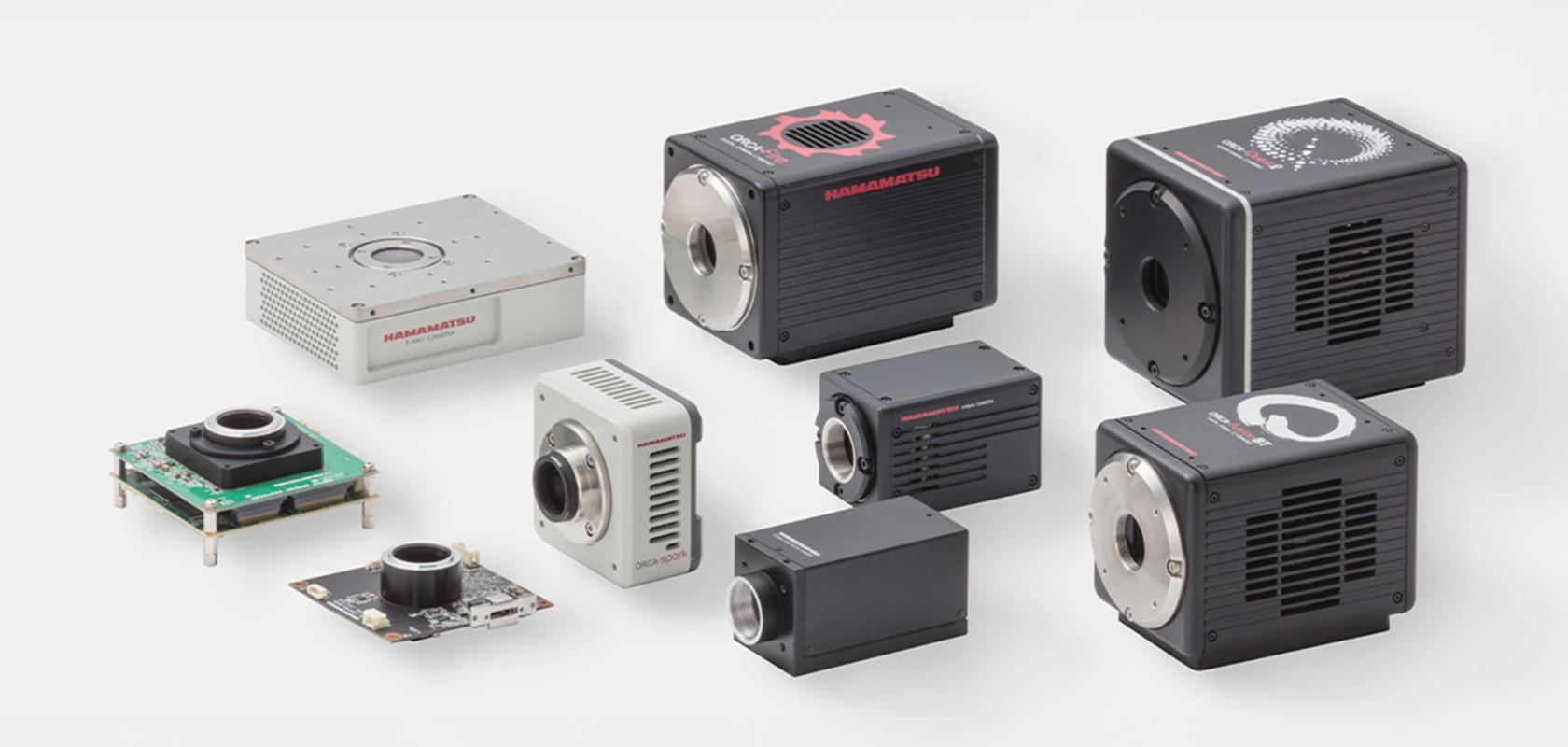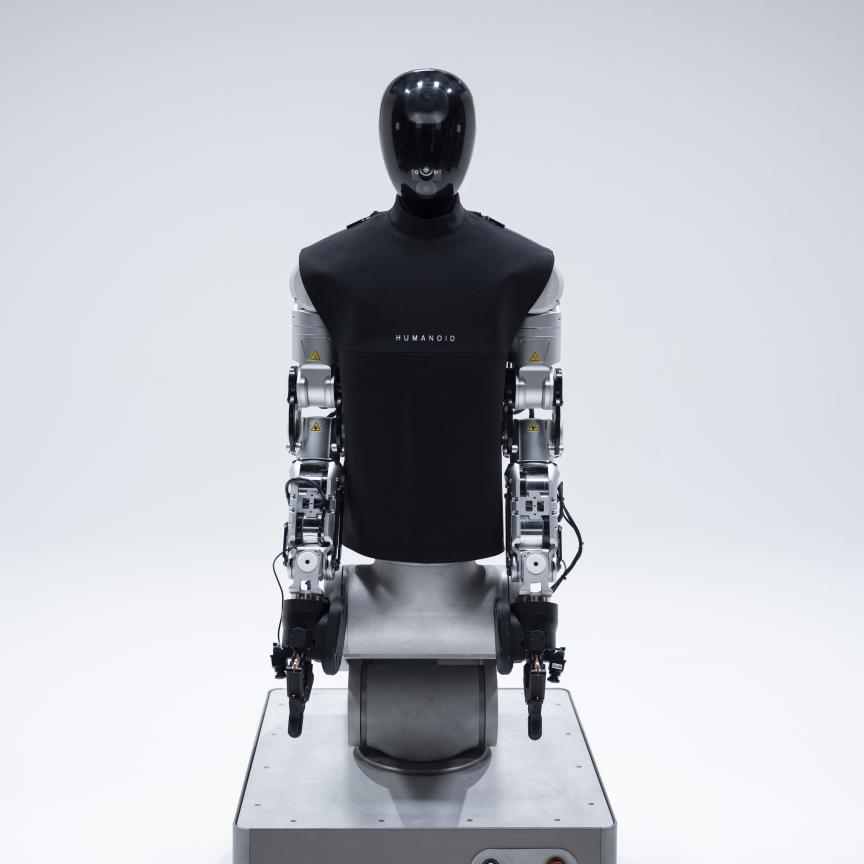In the complex world of precision imaging, the camera isn't just a component, it's the heart of a system, the major source of the data that drives discovery. Therefore, when selecting an OEM camera for a precision imaging system, the decision extends beyond simply choosing a sensor with adequate specifications.
Hamamatsu Photonics, renowned for high-quality optical sensors including PMTs, photodiodes, and CCDs, has evolved its OEM camera division to address this reality. The company's Systems Division designs and manufactures OEM cameras that span X-ray through visible light to near-infrared and even Terahertz radiation, whilst focusing on extracting optimal performance from every sensor.
The partnership imperative
Hamamatsu believes that building a long-term partnership with OEM customers assists in understanding their specific needs, leading to developing the best camera to address their imaging requirements.The company's OEM camera portfolio encompasses cutting-edge scientific CMOS (sCMOS) sensors, specialised Time Delay Integration CCDs (TDI-CCDs), and both standard and completely custom CCD and CMOS detectors. However, the hardware represents only one component of Hamamatsu's comprehensive approach.
Eliminating implementation risk through simulation
One of the most significant challenges in OEM camera selection involves predicting real-world performance without extensive hardware testing. Hamamatsu addresses this through its Camera Simulation Engine (CSE), which uses advanced noise models to generate accurate performance predictions.
The CSE enables virtual comparison of different cameras and system parameters, producing simulated images that demonstrate the effects of various technologies, operational modes, and computational algorithms on actual data. This capability can accelerate traditional hardware testing in providing clear, quantitative performance comparisons.
The simulation engine accommodates various system parameters including magnification levels, scan speeds, signal and background intensities, wavelength variations, noise characteristics, binning options, gain settings, and cooling requirements.
Comprehensive technical integration
Hamamatsu's DCAM Software Development Kit (DCAM-SDK) provides a stable, fully supported bridge for integrating cameras into customer instruments. Available for both Windows and Linux platforms, the SDK includes complete dynamic link libraries, C code samples, and distributable APIs that allow unencumbered release of host applications.
The platform supports MATLAB and LabVIEW integration, enabling seamless camera acquisition access to advanced features. Additionally, Hamamatsu provides expertise in state-of-the-art computer hardware and data storage solutions, advanced synchronisation methods, and experience in capturing high frame rate quantitative data whilst maintaining data integrity.
Scalable customisation approach
Hamamatsu offers three levels of camera modification to meet diverse customer requirements. Fast-to-implement modifications address immediate performance and physical fit requirements through firmware adjustments and hardware adaptations. Mid-level modifications focus on system streamlining and cost optimisation through custom firmware algorithms for noise reduction or data extraction, along with hardware modifications including optimised cooling levels and connectivity solutions. Advanced customisation involves complete sensor and camera development for customers requiring specialised solutions unavailable in the standard market.
Application-specific expertise
The company's OEM camera team brings extensive application knowledge across industries from life sciences to semiconductor manufacturing. Their consultation process examines imaging goals, current system capabilities, sample characteristics, and priorities regarding pixel throughput, signal-to-noise ratio, exposure time, and cost considerations.
This expertise extends to adjustable system elements including input light levels, optics optimisation, scan speed coordination, and wavelength management. The team provides comprehensive knowledge of 2D imaging sensors from both internal and external sources, enabling optimal sensor selection for specific applications.
Future-focused development
Recognising that market success requires continuous evolution, Hamamatsu provides confidential insights into its camera development roadmap and supports long-term planning for new or custom imaging hardware. The company's experience spans industry-specific requirements including FDA approvals, government grant cycles, manufacturing clean room standards, UV-sensitive optics, and ISO/CE certification processes.
Regional support ensures minimal response times, whilst continuous access to hardware and software design engineers facilitates complete collaboration throughout the development process. Advanced algorithms for data reduction can be embedded directly in cameras, with customised FPGA programming available to extract precisely the image data required for specific applications.
Real-world performance validation
The effectiveness of Hamamatsu's approach is demonstrated in the widespread use of their ORCA-series of scientific CMOS cameras in high end fluorescence microscopy. Depending on the application, super resolution, lightsheet, confocal or widefield microscopy, each ORCA-camera is designed to provide optimum balance between speed, sensitivity and resolution.
Such applications showcase how the right camera selection, supported by comprehensive technical integration and application expertise, enables breakthrough capabilities that would be impossible with a purely transactional approach to camera procurement.
Complete development support
Hamamatsu's commitment extends from initial prototype development through to full-scale manufacturing support. The rapid design group provides support from initial concept through design phases, evaluation, and mass production scaling.
This comprehensive approach recognises that successful OEM camera integration requires more than sensor specifications. It demands deep application understanding, robust engineering support, technological co-evolution planning, and a partnership approach that treats each camera as a critical data delivery system rather than a commodity component.
For imaging system developers seeking to maximise performance whilst minimising implementation risk, this partnership approach offers a pathway to extract optimal value from imaging investments whilst maintaining competitive advantage in rapidly evolving markets.


